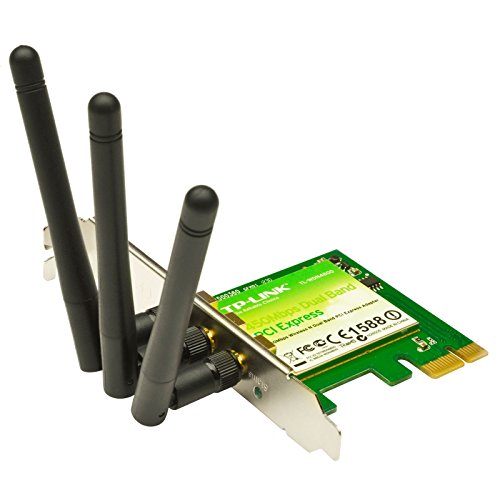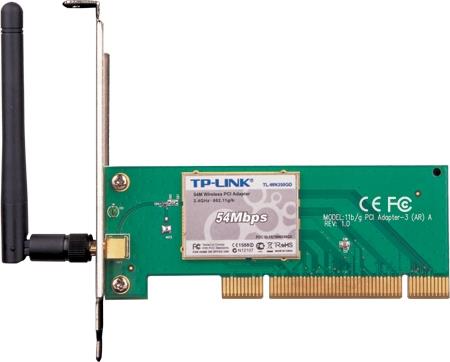

When 802.11n standard was introduced it offered an impressive level of performance for the time, the main points of which are summarised below: The idea behind the IEEE 802.11n standard was that it would be able to provide much better performance and be able to keep pace with the rapidly growing speeds provided by technologies such as Ethernet. Basic specification for the IEEE 802.11n standard Such was the anticipation of the standard, that many products became available on the market around the time of the standard launch as advance copies had been available for development and further work on the standard.

The draft was finalised in November 2008 with its formal publication in July 2009. This gave many chip manufacturers sufficient information to get their developments under way.

The industry came to a substantive agreement about the features for the 802.11n wireless LAN system in early 2006. With increased levels of high data being transferred, often driven by the use of video, the IEEE sought to keep a step ahead of requirements and ensure that Wi-Fi was able to meet the needs of users for the coming years. IEE 802.11n sought to increase the achievable speeds of Wi-Fi networks beyond that achievable using 802.11g. IEEE 802.11n was the next of the IEEE 802.11 series of wireless LAN standards after 802.11a, 802.11b, and 802.11g to enable the Wi-Fi technology keep up with the requirements of increased speed and capability.
#Wdn4800 windows 10 802.11b preamble how to
Standards 802.11a 802.11b 802.11g 802.11n 802.11ac 802.11ad WiGig 802.11af White-Fi 802.11ah Sub GHz Wi-Fi 802.11axĨ02.11 topics: Wi-Fi IEEE 802.11 basics Standards Wi-Fi Alliance generations Security Wi-Fi Bands Router location & coverage How to buy the best Wi-Fi router IEEE 802.11n WLAN Standard IEEE 802.11n Wi-Fi standard adopted technologies including OFDM and MIMO to enable it to provide high speed data at 600 Mbps peak for wireless LANs & wireless communications.


 0 kommentar(er)
0 kommentar(er)
